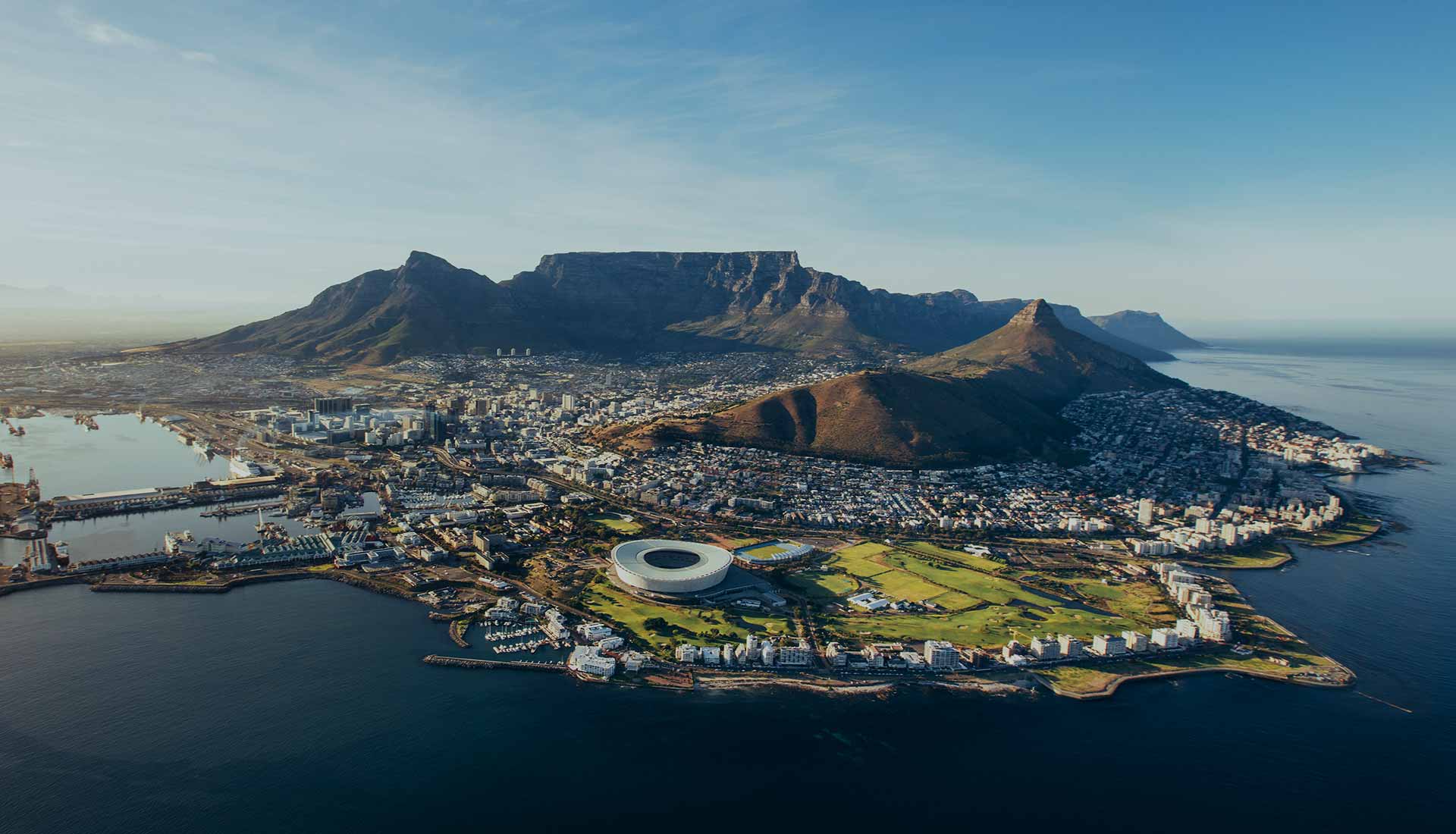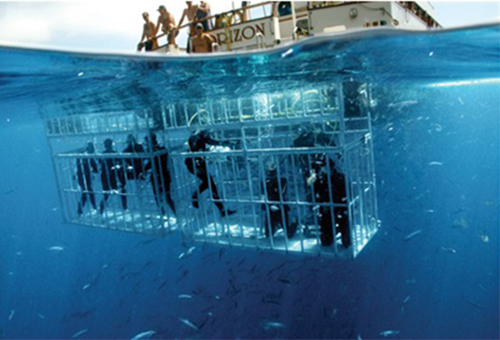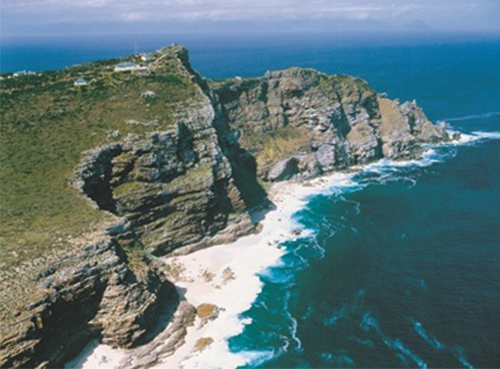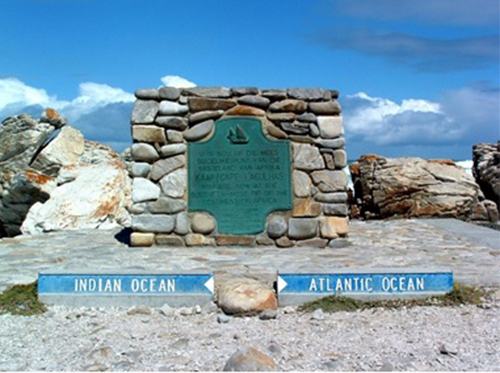19 Oct FIVE Must Do Trips in the Western Cape
The Western Cape of South Africa is blessed with so many unique destinations and beautiful landscapes. The province attracts more tourists than any other province in the country and the provincial capital Cape Town is the most popular tourist destination in South Africa with over 4 million tourists heading to its shores every year. There are too many unique activities and destinations in the Western Cape to name but we have come up with a list of 5 activities that we think every visitor to this beautiful province should experience. These activates are what makes the Western Cape so special!
Whale Watching
The Western Cape has, hands down the best land based whale watching spots in the world. Right from Gordons Bay along Clarence Drive to Hangklip, Betties Bay, Hermanus and De Kelders you can view Southern Right Whales as they migrate to the coast for the calving season from late August to the end of October every year. In the beginning of October the annual Hermanus Whale festival celebrates the arrival of the whales. The popular festival attracts over 200 000 people every year with live bands, cold wine, good food and of course great whale sightings. De Kelders which is a 30 minute drive from Hermanus has just as good viewing points as Hermanus has, in fact locals will tell you that you will see more whales from up close in De Kelders than in Hermanus. Hermanus is perhaps the only town in the world where you can sit in a trendy restaurant and watch whales breach in and out of the ocean while sipping on a cold Chenin Blanc from the valley just outside of the same town, doesn’t that sound like the perfect afternoon? It certainly does to us!
Table Mountain and Lion’s Head
How many cities around the world can say that it has one of the 7 Natural Wonders of the World right in the middle of it? The answer is one, Cape Town. Table Mountain is without a doubt Cape Town and the Western Cape’s biggest drawing card. The beautiful mountain towers over the city and the metropolitan while the Atlantic Ocean crashes onto its beautiful banks. The cable car ride up to the top of the mountain is the most popular way of getting up there but more recently more and more travellers have decided to walk up. There are many trails to choose from ranging from easy to more difficult technical walks. The hike up takes a couple of hours to complete but the route has some of the most beautiful views of Table Bay and the Atlantic in all of Cape Town. The hike up Lion’s Head which sits just next to Table Mountain is very easy and takes around 60 minutes to climb. Hundreds of tourists and locals head up the mountain at around 4pm every day, if weather permits, to experience the sunset over the city. When its full moon the sun sets in the west at the same time as the moon rises in the east, the views from atop Lion’s Head over Table Bay and Cape Town on these days are truly amazing. Many people take picnics up there! If you haven’t been up to Lion’s Head or Table Mountain then you haven’t experienced all that Cape Town has to offer….
Shark Cage Diving
Gaansbaai is the Sark Cage Diving Capital of the World and it is a mere 2 hour drive from Cape Town. The coastline off this small fishing village is home to more Great White Sharks than any other waters in the world. Daytrips from Cape Town depart for Gaansbaai at round 5 am every morning, if weather permits, and returns in the late afternoon. Guests are taken out to Dyer Island from Kleinbaai on a big boat with 2 large cages fitted to the back. As soon as the captain has found the perfect spot the cages are lowered and if there are no immediate signs of sharks, the water is tainted with “chum” which is a mixture of fish blood and guts. It’s the most tried and tested way of attracting these massive animals to the boat. As soon as the sharks arrive guests are lowered into the cages to view these majestic creatures up close. They swim only a few centimetres away from the cage, which is an adrenalin rush for many! After your boat trip, you are welcomed back with some hot soup and sandwiches, and the debriefing will allow you time to see photographs and video clips of your adventure!
The drive back to Cape Town is beautiful as it snakes through the Overberg and the Overstrand coastline. You arrive in Cape Town just in time for “sundowners” (the name we give to anything alcoholic served after 5pm) at your hotel before going out for dinner at your favourite restaurant in the Mother City. Now if that isn’t a perfect day then we don’t know what is!
Cape Point
The Cape Peninsula Tour which runs from Cape Town along the Atlantic coast to the most South Western Point in Africa, Cape Point, and back along the False Bay coast back to the city has previously been named as one of National Geographic’s Top 100 Most Scenic Tours in the World. The peninsula tour is a must for every traveller to Cape Town. The one-day tour traditionally starts early in the morning in Cape Town where your guide takes you through Clifton and Camps Bay to Hout Bay. The charming little town/suburb is the perfect place to have a late breakfast or early lunch. The harbour area is full of people selling African art and it is packed in the mornings because boats depart from here to see hoardes of Cape Fur Seals sitting on an island just off the coast. After spending some time in Hout Bay the tour heads south to Cape Point along one of the most beautiful roads in the world, Chapmans Peak Drive. The views from Chapmans Peak over Hout Bay and the Atlantic Coastline are truly amazing.
Once at Cape Point, we suggest the magnificent hike from there to the Cape of Good Hope. You could spot ostriches or dassies (rock hyrax) on this part of the trip. After lunch, we usually head towards Simons Town, which is where the SA navy has its headquarters. Simons Town is also home to the African Penguin, and at Boulders Beach you can view them at close range from a viewing deck that protects their nesting areas from total destruction by clueless, invasive, tourists! Cape Point and Boulders Beach are the two highlights of the trip.
Cape Point is often mistaken as the meeting place of the 2 great oceans, the Indian and the Atlantic……
Cape Agulhas
The most southern point in Africa and the place where the Atlantic and the Indian Ocean comes together is at Cape Agulhas, some 4 hours’ drive from Cape Town. Agulhas is another of the Western Cape’s most popular attractions, if you come to the Western Cape and you don’t take a picture at the most southern point in Africa then you haven’t done it right. The drive from Cape Town to Agulhas along the Garden Route is one of the Western Cape’s hidden gems, as beautiful as any other route in the Western Cape.
At Cape Agulhas you will see this monument (pictured above) and the most Southern Lighthouse in the whole of Africa which is of Egyptian design to match the one at the most northern point in Africa.The area around Agulhas has so much to offer that you can’t possibly take it all in just one day. Arniston was named after an 1815 ship which sank just offshore. The town got its Afrikaans name “Waenhuiskrans” from the beautiful limestone cave which is just outside of town. The cave is said to be so big that wagons with a full span of oxen used to turn around inside it. The historic fishing village of Kassiesbaai, which is just a couple of kilometres from Arniston, has been named as a national heritage site, it is one of the last unspoilt fishing villages in South Africa.
Honestly speaking………you should spend one night in this area.Especially recommended for hikers.








No Comments